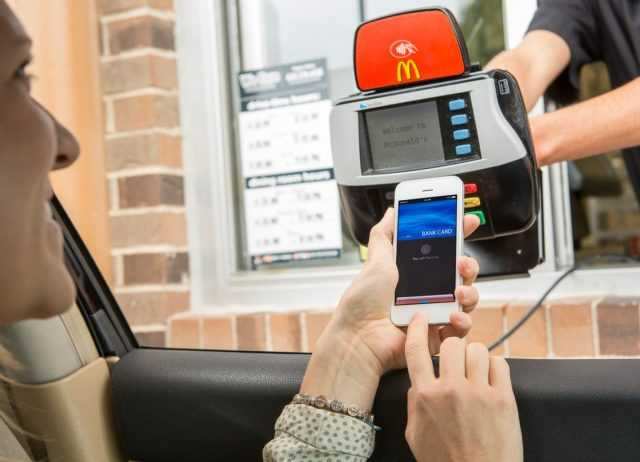If you’re not happy with your Google Pixel’s Android 12, it’s probably your hearing music, because you know you can downgrade your OS to a stable version of Android 11 if you have major issues or don’t like overhauls.
We’ve shown you how to install Android 12 on your Pixel, so it’s fair to show you how to downgrade if you don’t like it or if you’re having issues you didn’t think of before. You may have tried developer previews and beta, and you may have issues and bugs. The stable update is pretty flawless, but luckily the transition from Android 12 back to the stable Android 11 version is possible and not that difficult – it just takes a while.
However, there are a few things you need to do before you can get back to stable Android 11. First, be sure to back up all your data before trying. You will lose the data on your device as this method will require a FULL wipe of the device and will be wiped several times during this process.
How To Downgrade Android 12 To 11 Google Pixel
Note. This guide is also tailored for Windows users, which means that the process may differ for macOS or Linux users.
1. Download and install the Android SDK Platform-Tools package
You need to use ADB or Android Debug Bridge to upgrade to the current version of Android 12. We recommend that you install an unpacked platform toolkit on your desktop for quick access when running commands. You can download the latest platform tools ZIP file here.
2. Enable USB debugging and unlocking the OEM
First, make sure the developer options are enabled on your Pixel. You can do this by going to Settings> About Phone on your device, then touch “Build Number” until a message appears confirming that you’ve enabled developer options.
Now you need to go to Settings> System> Advanced> Developer Options (you may need to expand the hidden menu). Before we’re ready to proceed, you’ll need to scroll down and enable “Unlock OEM”, as this is important for further work. Now scroll down to the “Debug” section and tap “Enable USB Debugging”.
3. Download a factory image for your device
This is required for the downgrade process for Android 12. You need to download the correct factory image for your device. This is essentially a snapshot of your smartphone or a specific Android stage at that time. You can obtain it from the Google Factory Image OTA hosting site, which contains all the factory images for Pixel devices.
You’ll need to add this file and extract its contents to the Platform Tools folder for later access.
Note. Do not extract to an internal subfolder, but compress all files to the main platform-tools platform.
4. Start the device boot loader
There are two ways to do this. The easiest way is to connect the device to a Windows computer, open the Platform Tools folder, and type “cmd” in the file manager’s address bar. This will open a command prompt window in the correct location. Now enter the following command to start the adb daemon:
“adb reboot bootloader”
Your Pixel device will now load in the boot loader, where we need to go to send some commands.
Alternatively, you can press and hold the power key and the volume down key until you see the Android shape lying down. You must now briefly press and hold the power key and the volume up key before releasing the volume up key. Use the volume up and down buttons to scroll to “enter fastboot”.
5. Open the boot loader
Opening the boot loader is necessary for the flashing process because unfortunately you can’t flash the factory image and downgrade your Android version using a slightly simpler side-loading method. ADB. However, it is a fairly simple process. If you’re using the command-line interface, enter the following command:
“Fastboot Flashing Opening”
You’ll see a slightly scary message warning you that opening the boot loader could cause the device to become unstable. Use the physical volume buttons to select “Open Boot Loader” and confirm your selection by pressing the power button. Restart your Pixel as this process will erase your smartphone.
To prepare for the next step, we’ll also need to skip the device startup process to re-enable USB debugging. Once you’ve done that, make sure Pixel is connected to your computer, and you’ll need to reinstall your device with the following command:
“adb reboot bootloader”
6. Enter the flash command
All your factory image files will be extracted to the Platform Tools folder and will be accessible. You can now run the following command (in an open command prompt / PowerShell window):
“flash-all”
Your Pixel will now begin migrating from Android 12 to Android 11, which will take a few minutes. Leave the command prompt window open and you will see a completion message when the process is complete.
7. Recharge the boot loader (optional)
This is an optional step but is required if you want to receive OTA updates in the future. Otherwise, you will see a pop-up with a warning each time you restart your device.
You will need to go through the device setup process again, which you can skip wholesale. Go back here and re-enable USB debugging from step 2 – your boot loader is unlocked, so the OEM opening should be gray.
Reconnect the device to your Windows computer and open the Platform Tools folder and Command Prompt window using cmd. To quickly load your device in the boot loader, enter the following command:
“adb reboot bootloader”
We can now lock the bootloader again by entering the following:
“Fastboot flashing lock”
Use the volume buttons on your Pixel to scroll to “Lock boot loader” and tap the power button to accept. When confirmed, the text “locked” will appear on the boot menu screen. Note. This process will delete your device more time when you restart Pixel.
8. Restart the phone
You can now disconnect and restart your device after successfully migrating from Android 12 Developer Preview or Beta to Android 11. It should now load in the device setup process, allowing you to sign up and enjoy a stable version of Android.
It’s also noteworthy that this method works if you want to upgrade from Android 12 to Android 11 on devices like Pixel 3 and Pixel 4. However, we don’t recommend doing this because it involves different risks. This means that if you decide to switch from one version of Android to another, you do so at your own risk. In older versions, Pixel 4 will lose access to face unlocking even if you return from Android 11 to Android 10.
Source: 9to5google





